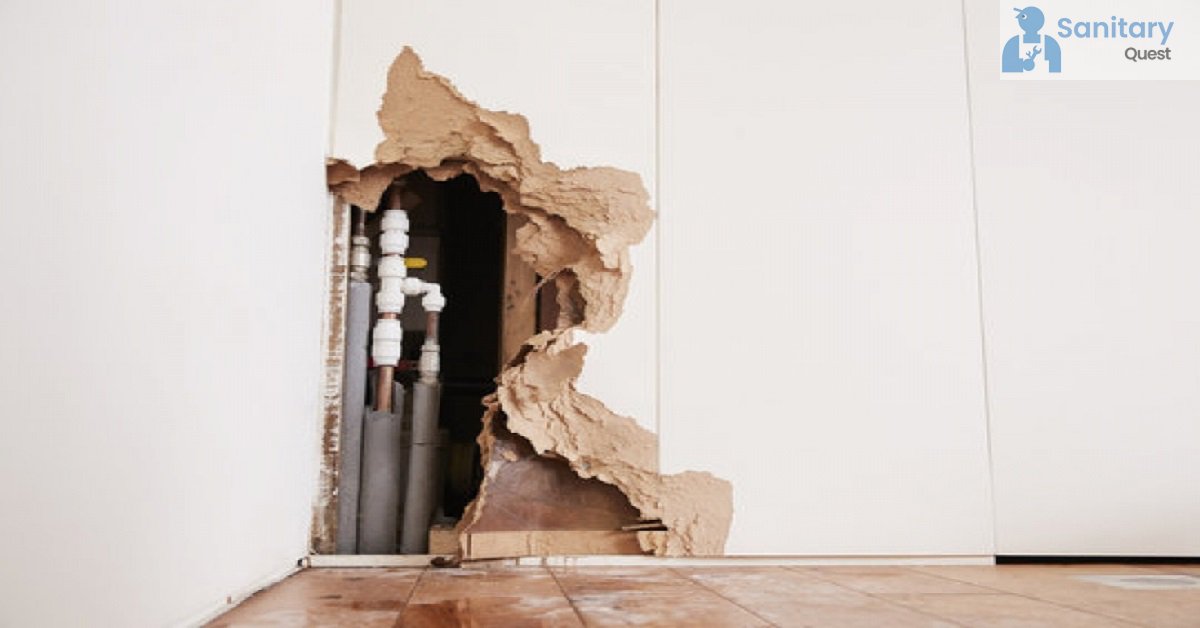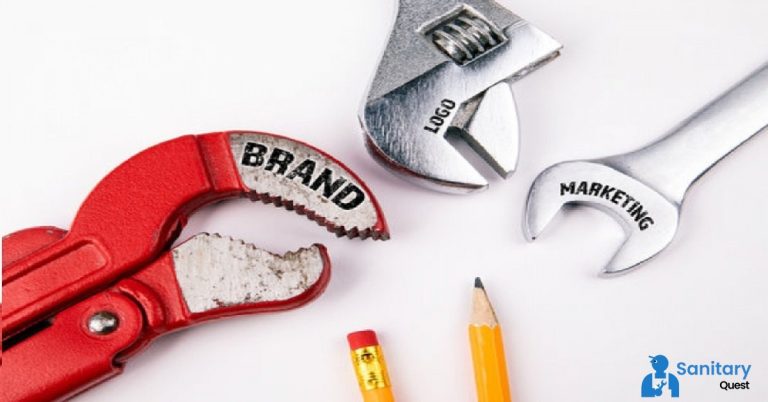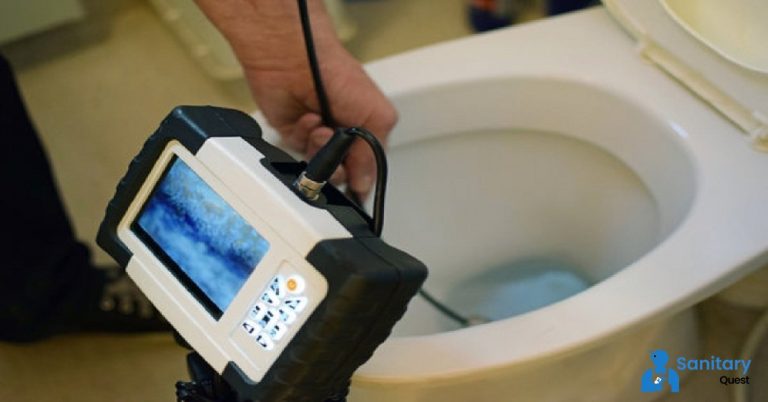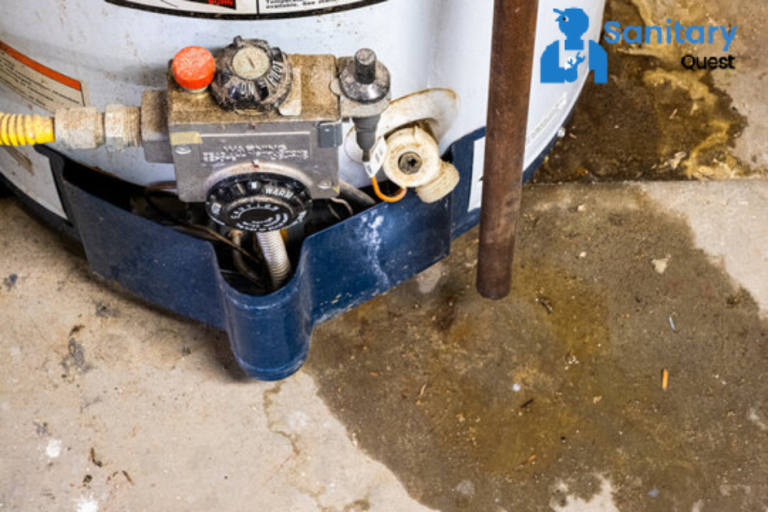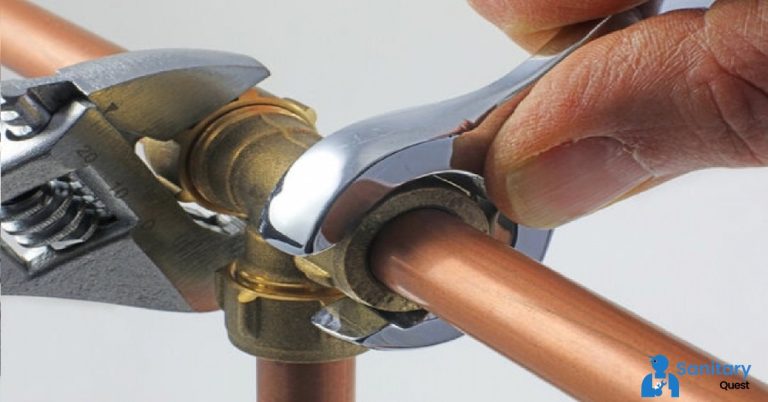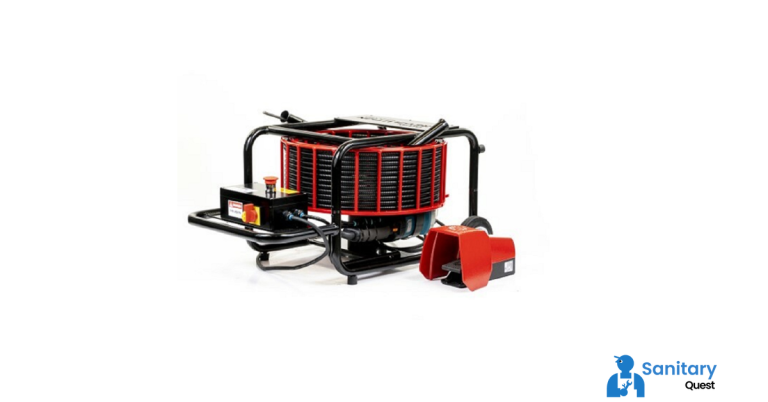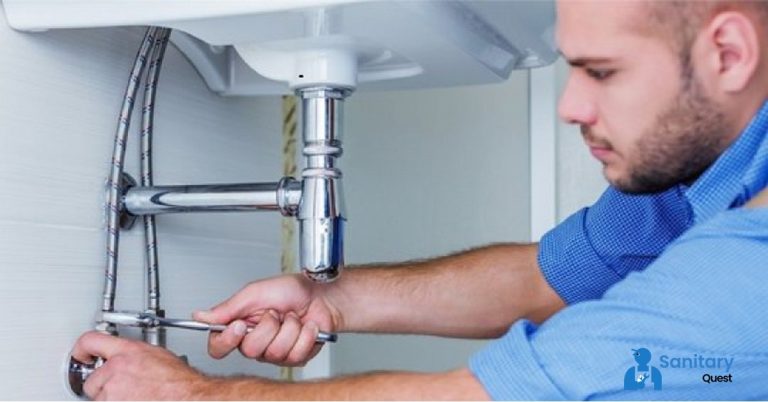Repairing Your Plumbing After a Flood
The period necessary to recover from the effects of a flood is quite lengthy, and it is challenging. SanitaryQuest Plumbing will devote the upcoming weeks and months to aiding homeowners throughout the process of repairing and rebuilding their homes and communities. This commitment will continue for as long as it is needed.
After a flood If flooding affects your home, concealed plumbing damage is possible, which you will only discover if a qualified plumber inspects your property in great detail. To find out if there is such damage, you will need to hire a professional plumber to inspect your home comprehensively. The following is a list of the most common plumbing problems that occur after a flood, in no particular order:
Clogged Drains After a Flood
The debris carried away by the water after a flood will be left behind once the floodwaters recede. The water that comes with a flood usually has some quantity of dirt and silt. These particles will probably clog any drains that were flooded in floodwater during the storm located on your property. A plumbing snake or a plunger are two basic do-it-yourself gadgets that can clear obstacles like this in many different situations. Plungers are also an option. If, on the other hand, you are concerned about damage farther up the line and are already planning to have a professional plumber assess your plumbing anyway, you might want to keep these drains in their current state until your plumber gives you the all-clear signal to continue with your plans.
Dirty and Damaged Fixtures
Any plumbing fittings subjected to physical damage due to wind, structural collapse, or floating or flying debris will need to be replaced. This will be the case because of the high likelihood that replacement will be necessary. However, even those not damaged will need some tender loving care in the form of a thorough washing with bleach that has been diluted. This will be necessary to remove any residue left by the shattered pieces. You will need to disassemble the items and soak the individual components of the faucets and shower heads in bleach to prevent mold from growing on the surfaces of the faucets and shower heads.
After a Flood Broken Pipes in the Home
Both falling debris generated by a storm and floating debris caused by a flood may cause damage to the pipes in your home. If this happens, you will need to have the pipes replaced. This would have a twofold negative effect. You will not even be capable of detecting the problem until after the flood water has subsided and is completely removed from the property. If a pipe has been broken or cracked, this situation will occur. If you notice other puddles after the floodwater has subsided, switch off the water supply at the main valve. At the same time, you wait for a qualified plumbing technician to evaluate the matter.
Broken Pipes Underground
The weight of that standing water, in addition to the moist dirt below it, is quite crushing. Unfortunately, the pressure from all this foot traffic might cause the underground water and waste pipelines to explode, which would be a major inconvenience. After a Flood water level has dropped, if you look about your property and discover any sinkholes, this might be an indicator that one or more of these lines have collapsed under your lawn. A plumber needs to inspect the pipe with a camera first before we can move further.
Foundation Damage After a Flood
When the foundation of the home changes, there is a chance that the pipes within the house can explode if they are jostled around too much. It is conceivable for there to be damage to the foundation during a flood if there is movement in the damp ground underneath it and if there is also movement in the earth itself. The unstable soil may cause the foundation to crack, and one type of structural material that may be injured is the plumbing pipes. However, there are other possibilities. In circumstances like this one, foundation work is often required to be completed first before certain pipes may be changed out.
FAQs
Q1: What to do after a water Drain in your house?
After water leaks in your home, try these steps:
- Stop the Water: Find where the water’s coming from and turn it off.
- Clean up: Get rid of the water and dry things out to prevent mold.
- Check for Damage: Look for any damage to walls, floors, or furniture.
- Call for Help: If it’s a lot of water or serious damage, ask for help from professionals.
Q2: What should you do when you have a lot of water flooding your space?
If your space is flooding with a lot of water, here’s what you can do:
- Safety First: Stay safe and avoid the flooded area if there are risks.
- Stop the Source: Try to find and stop where the water’s coming from, like turning off the main water supply if it’s a pipe issue.
- Remove Water: If safe, use buckets, mops, or wet vacuums to get rid of excess water.
- Protect Belongings: Move valuables or items that might get damaged by water to a dry place.
Q3: How do you tidy up after water causes damage?
Sure, after water makes a mess, here’s what you can do:
- Get Rid of Water: Use towels, mops, or a wet vacuum to take away any standing water.
- Dry Everything: Open windows, and use fans, or dehumidifiers to dry things out.
- Clean and Disinfect: Use mild soap and water to clean. Then, use a disinfectant to stop mold and germs.
- Check for Damage: Look for things that got ruined and fix or replace them.
- Keep an Eye Out: Watch for mold or smells that might mean ongoing problems.
Q4: How do you repair water slowly leaking through walls?
To fix water slowly seeping through walls:
- Find the Source: Look for where the water is coming from, like leaks or cracks in the walls, or even rain.
- Seal Cracks: Use special stuff to close up any holes or gaps where water might be sneaking in.
- Sort Drainage: Make sure water flows away from the walls outside so it doesn’t pile up.
- Waterproofing: Put on materials that stop water from getting in.
- Get Expert Help: If it keeps happening or you’re not sure, ask a pro to fix it properly.

